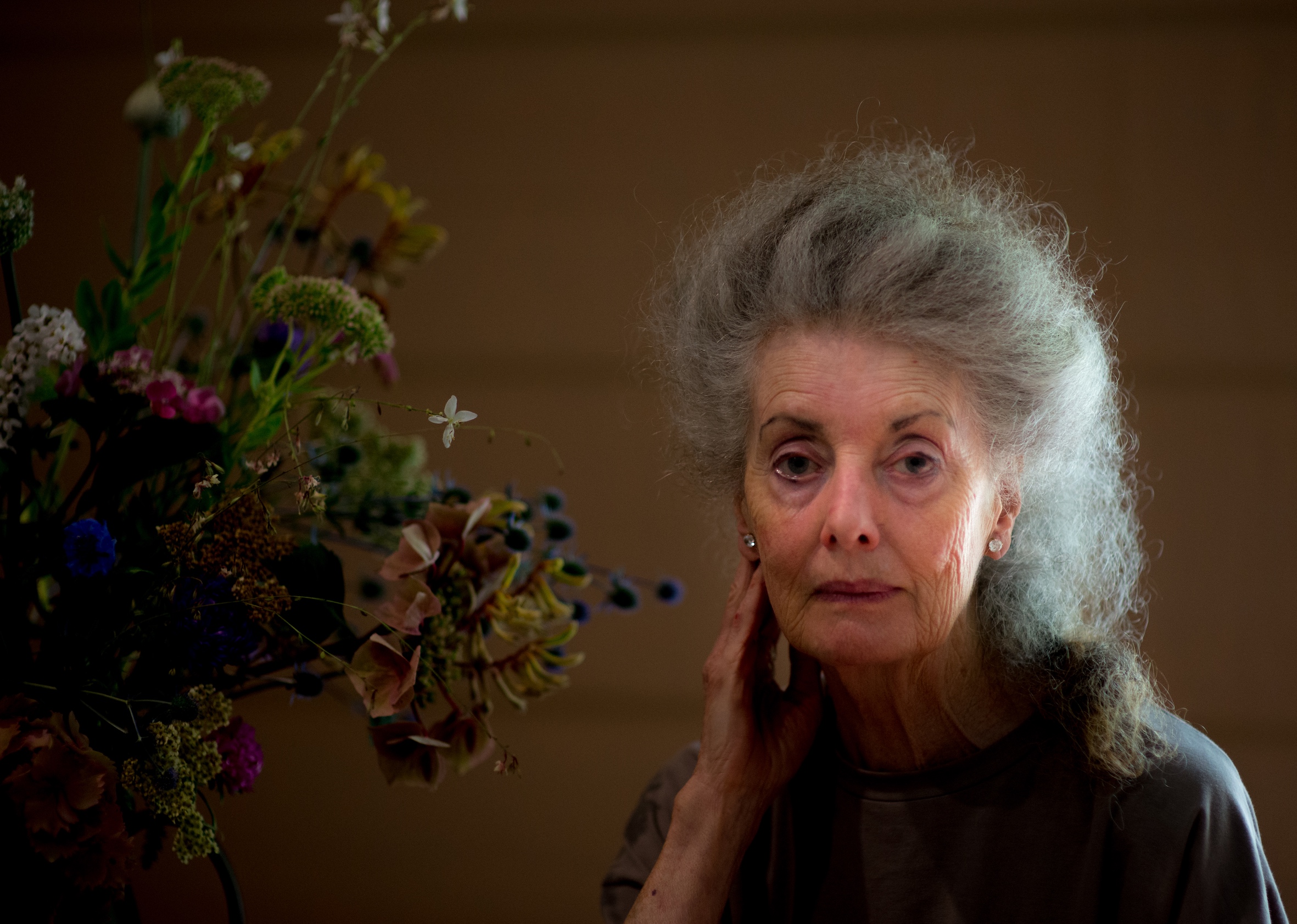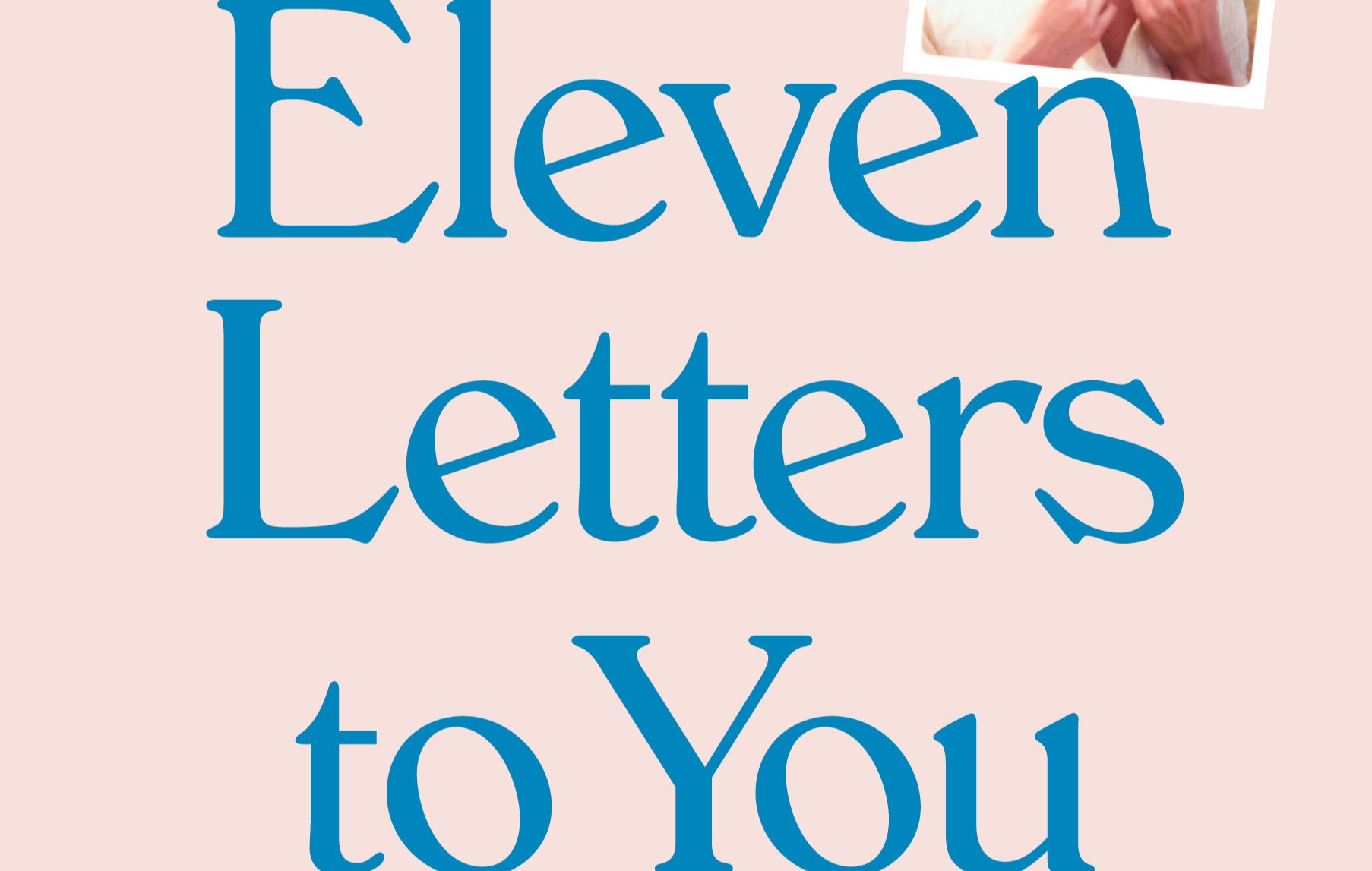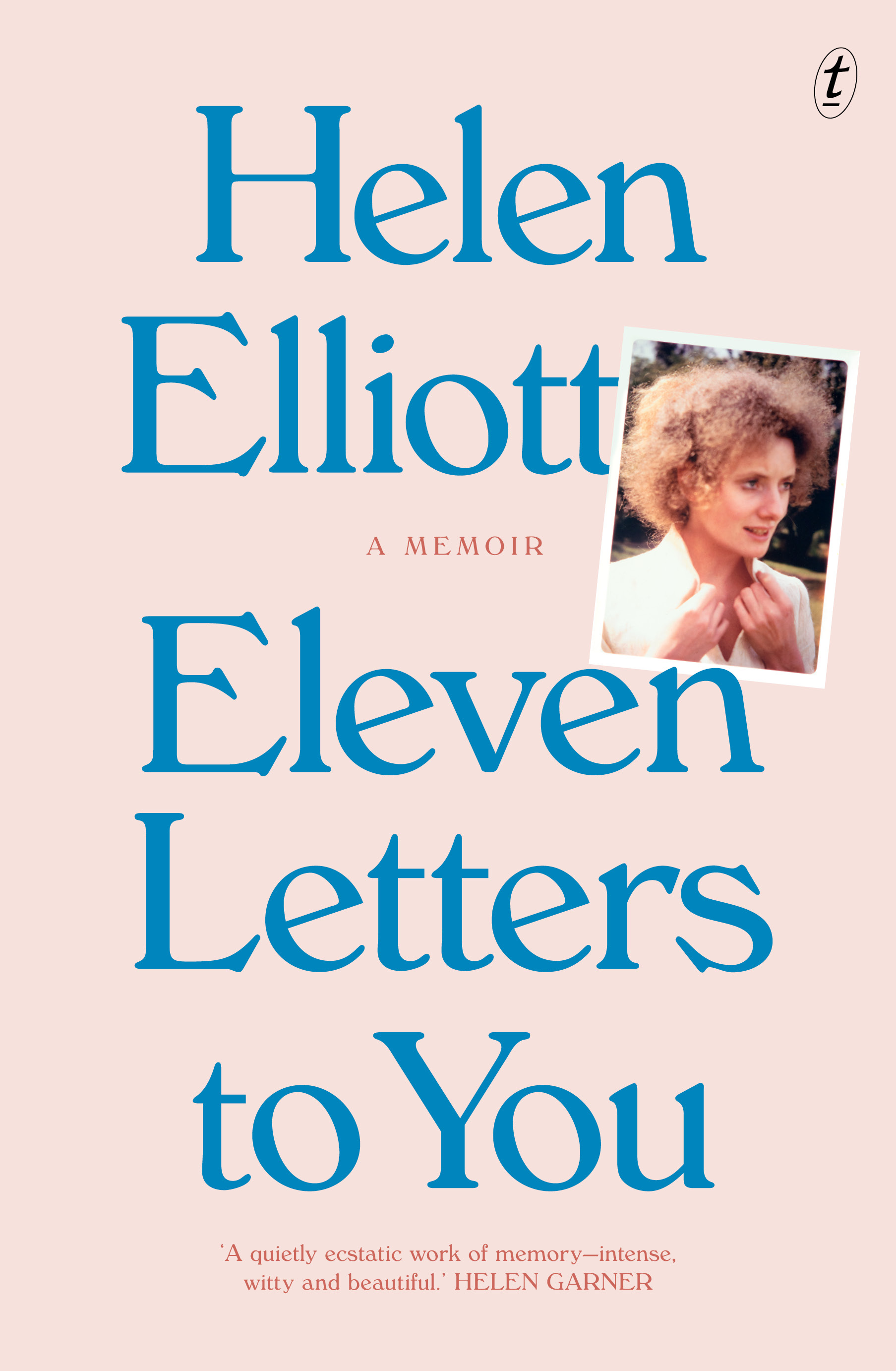
- Free Article: No
- Contents Category: Memoir
- Review Article: Yes
- Article Title: Connective tissue
- Article Subtitle: A celebration of social influence
- Online Only: No
- Custom Highlight Text:
In an exuberant essay anticipating the publication of Eleven Letters to You, the critic and editor Helen Elliott describes the deep pleasure of working on the book: ‘The satisfaction of writing this book, of making it as good as I can has been unlike anything I’ve ever known. A necessary joy, the deepest new, an entirely selfish pleasure. A small and ravishing bomb inside me’ (The Monthly, May 2023). After this introduction, it was a relief to read the book and find that it doesn’t disappoint. The exuberance of the writing process filters through to the finished pages, populated with ostensibly ‘ordinary people’ – Elliott’s highly provisional term – who have made a deep impression on the writer.
- Article Hero Image (920px wide):

- Article Hero Image Caption: Helen Elliott (David Thomas/Text Publishing)
- Featured Image (400px * 250px):

- Alt Tag (Featured Image): Brenda Walker reviews 'Eleven Letters to You: A memoir' by Helen Elliott
- Book 1 Title: Eleven Letters to You
- Book 1 Subtitle: A memoir
- Book 1 Biblio: Text Publishing, $34.99 pb, 261 pp
- Book 1 Cover Small (400 x 600):

- Book 1 Cover (800 x 1200):

Elliott focuses on people who lived in the years between 1950 and 1969. The world she describes is not just narrow but can also be dangerous: ‘Homosexuality could put you in prison in those days.’ This possibly influenced her own father, who may have been interested in other men. Her parents manage marriage and companionship, of a sort, at a time when divorce is unthinkable for working people. Other constraints are crisply described: ‘In those times books were banned and men were hanged.’ This world is tough on girls, who are automatic targets for sleaze in the workplace: ‘men … would let their eyes glide past after the microsecond review of girl, breasts, legs.’ A man who doesn’t do this is unusual, and revered. In a job as a library assistant, she is issued with a tailored uniform. Unsurprisingly, she wears it with a cardigan. One of the older male borrowers, after much earnest conversation, makes a disconcerting play for her.
Elliott is a great reader. She and her workmate are insatiable: ‘No one read as we did, as if we were reading the world.’ Reading may protect her from boyfriends and creepy older men, because characters like Heathcliff or Prince Andrei make the locals look so pallid. As a small child, she pities boys for failing to be girls, but the wider world does not agree. Girls are subordinate. Masculine prestige comes with a certain kind of education: ‘A boy my age was more important than me, because he could be better at those subjects I knew nothing about, subjects like maths, physics, chemistry.’ Contempt for women isn’t internalised by Elliott, partly because of her father’s political views, and partly because she knows the right people, in the broadest sense. Some of them enrich and inspire her with a few sentences. Eleven Letters to You is her way of giving thanks.
The most touching, for me, is addressed to the most powerless person in the book: her aunt Frances. Frances and Elliott’s uncle live in a small inner-city house, a terrace, dark, scrubbed, and smelling of leaking gas. Now, of course, it would be fashionable and expensive. Frances is a magnificent dressmaker enclosed in a brutally small life, having made a late marriage to a man whose family disparages her. A sister-in-law finally manipulates Frances into relinquishing what little she owns, in a nasty transaction over her will. Set against memories of Frances in her unhappy times are a series of photographs: an image of her as a young woman, glorious and passionate, with an unidentified man; another in formal dress with a surprisingly good-looking husband. The most touching are her cherished pictures of Elliott and her brother. Frances’s obvious gift is the awareness of how multiple one life can be, and how invisible to the passing viewer. But there is another gift. Elliott is conscious, throughout the book, of the significance of clothing. She knows from experience that a badly dressed applicant won’t get the job. She finishes her letter to Frances with a description of a dress she inherited from her aunt, sewn before the grim years in the narrow house. The dress is black and beaded with jet. Wearing it honours its maker and her gift of meticulous style. This is not a frivolous matter.
This book could have been a conventional memoir, but framing memory in the form of a series of letters is a much better strategy. Readers join in the illusion of reading a personal communication, a reunion between writer and subject, which we are irresistibly invited to read. Elliott describes herself, modestly, as the ‘hinge’ that connects the lives she describes, rather than the ‘centre’ of the memoir, a way of avoiding the primacy of the writing self, of letting other lives shine.
In Second Half First (2015), Drusilla Modjeska writes about her initial distaste for memoir itself, resisting the ‘I, I, I, I, the sledgehammer of the controlling policeman, or colonist, or conductor, if you prefer a more artistic image’. Fortunately, Modjeska changed her mind, but her point about memoir and control is food for thought. Elliott is the connective tissue, rather than the policeman, of her book. In the first letter she writes to her neighbours: ‘Take me apart and there will be traces of you in every bit of me.’ This memoir is a remarkable celebration of the permeability of individual lives in the face of historical change.


Comments powered by CComment